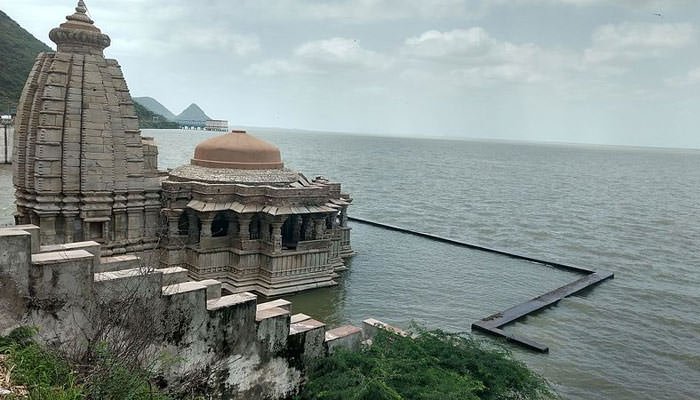over-emphasizing Tarain (1191-92)
“Moreover, the Ghaznavid position in the Panjab could not have been maintained by a purely quiescent leadership, for there was still fierce Hindu resistance in northern India to the Muslim armies in the later 12th century. It was only as a result of the victories of the Ghurid Mu'izzddin Muhammad, and especially, the second battle of Tarain or Taraori near Karnal in 1192, the killing of the Chauhan or Chahamana monarch Prithviraja and the occupation of Delhi, that there was a general collapse of Hindu resistance leading to the opening-up of the Ganges plain for the muslims to raid as far eastwards as Bengal.” Clifford Edmund Bosworth, The Later Ghaznavids: Splendour and Decay




